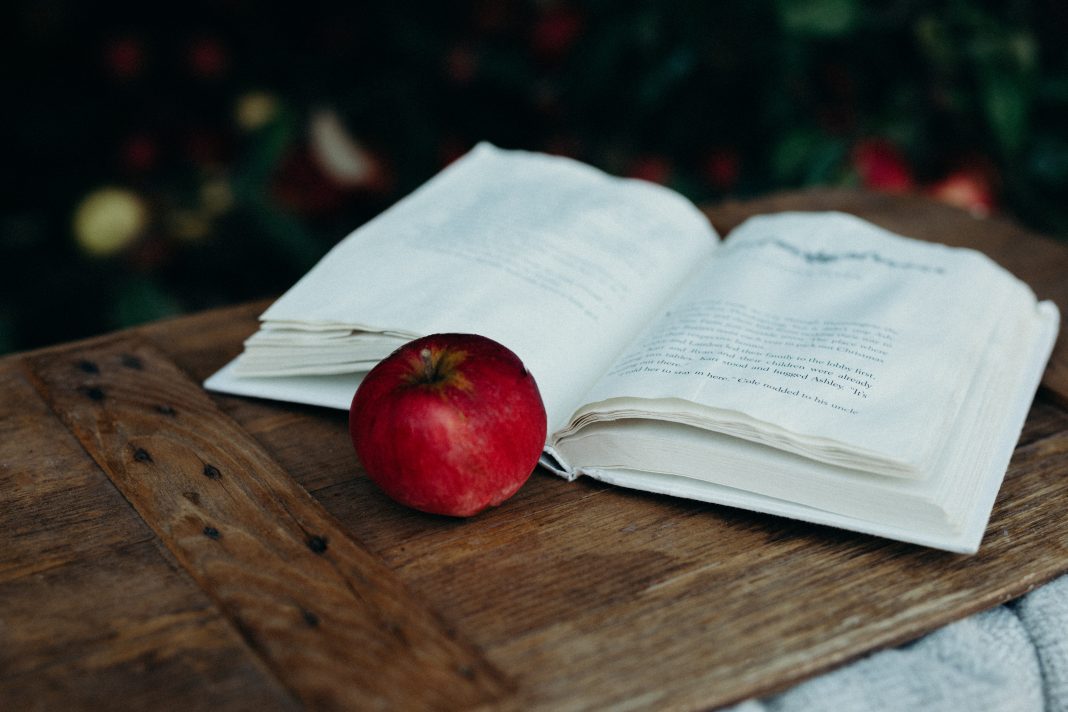BY SARA CLETO AND BRITTANY WARMAN
Few words conjure up an always bubbling, deeply complex brew of emotion like the whisper of witch. Depending on who you ask, witch can inspire wonder, fear, hope, inspiration, and longing. The witch compels and polarizes, inviting us deeper into her woods even as she warns of the magic and the dangers there.
There are many paths we can follow to find the spirit of the witch. We can look at how she is depicted in pop culture and art or how she has made her way through the world in times past. We can practice her arts. Or we can follow the path of folklore. By spinning stories, old and new, we can learn who she has been, what she can be, and how she forges connections with her community, with nature, and with her own heart. The witch can be many things, but she is always herself.
In folklore, the witch is an ambiguous figure—she is rarely purely evil or purely good. Instead, she is liminal, a creature of thresholds and becomings. Often associated with healing, ancient knowledge, and the natural world, she is a catalyst for change and transformation.
Stories of witches can be found all over the world, but even within the famous fairy-tale collection by the Brothers Grimm, many different ways to be a witch are evident. Though Jacob and Wilhelm Grimm themselves did not share today’s expansive view of witchy possibility, here are just a few of the vibrant roles that witches play in the brothers’ book of fairy tales.
WITCH AS MOTHER:
To be a witch-mother is to consider your connection to the world around you, to nurture that which is dear to you (including yourself!), and to protect and support what you love. While the Grimms feature many terrible witch-mothers— “Snow White” and “Rapunzel” come to mind—the tale of “The Goose Girl at the Well” shows a witch taking on the mother role with fierce protectiveness and compassion, aiding and shaping the young princess in her care and helping her better her life.
WITCH AS MONSTER:
Yes, we must acknowledge that witches can indeed be monsters. Think of the cannibalistic witch in “Hansel and Gretel” who wants to eat children! But “monster” does not have to mean “evil.” To be a witch-monster is to challenge social order and to rupture the fabric
of the expected. A witch-monster may be violent or cruel, but she may just as easily be kind or neutral; monstrosity is often not about the actions or character of the one deemed to be “monstrous” but about the way that others perceive her. In “Mother Holle,” the witch seems frightening at first, with huge teeth, but turns out to be a kind figure who rewards those who help her.
WITCH AS HELPER:
To be a witch-helper is to work in the background to shape the lives of those around you. In the tale “The Three Spinners,” three witchy women work together to help a young girl, analyzing their world and judging what would aid it most. A witch-helper sees the potential in others, understands their feelings and desires, and discovers what she can do to serve her community and find her place within it.
WITCH AS LOVER:
“Frau Trude” is a story that seems at first glance to be about a monstrous witch, but scholar Kay Turner offers a different interpretation. The main character comes to Frau Trude because she is drawn there and, in the end, is transformed into fire. Could this perhaps be a metaphor for the way her witch-lover brings her to life? To be a witch-lover is to embody both the perils and pleasures of the supernatural bride. She will always be different, she will never be the idealized housewife. But if her loved one can understand that, and even embrace that, she will be a powerful partner and understanding soulmate.
WITCH AS PRINCESS:
In the story “All Kinds of Fur,” the princess must tap into her witchiness to survive. She flees from a terrible situation, and must take on a disguise, do manual labor, and find strength and magic in herself. To be a witch-princess is to draw power from many paths and places. A witch princess must break curses and dwell in enchantment. A witch princess can win her own happily ever after, with or without a prince.
Mother, monster, helper, lover, princess: These are only some of the ways to be a witch, in the Grimms’ stories and off the page.
Sara Cleto and Brittany Warman are folklorists, authors, and teachers. They both completed their PhDs in English and folklore at the Ohio State University in 2018. They are the co-founders of The Carterhaugh School of Folklore and the Fantastic, where they teach courses on fairy tales, creative writing, mythic adaptation, and more. Their award-winning poetry and fiction can be found in Uncanny Magazine, Apex Magazine, Enchanted Living, Liminality, Mythic Delirium, Goblin Fruit, and others.


































